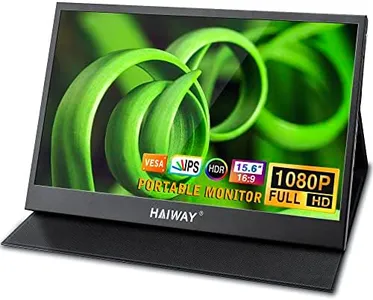10 Best Photo Editing Monitors 2025 in the United States
Our technology thoroughly searches through the online shopping world, reviewing hundreds of sites. We then process and analyze this information, updating in real-time to bring you the latest top-rated products. This way, you always get the best and most current options available.

Our Top Picks
Winner
Dell 27 Plus 4K Monitor - S2725QS - 27-inch 4K (3840 x 2160) 120Hz 16:9 Display, IPS Panel, AMD FreeSync Premium, sRGB 99%, Integrated Speakers, 1500:1 Contrast Ratio, Comfortview Plus - Ash White
Most important from
972 reviews
The Dell 27 Plus 4K Monitor (S2725QS) is a solid choice for photo editing thanks to its sharp 27-inch 4K (3840 x 2160) resolution, which provides plenty of detail and workspace. Its IPS panel ensures consistent colors and wide viewing angles, making it easier to see true colors from different positions. The 99% sRGB coverage means colors appear accurate and vibrant, a crucial factor for photo editing tasks where color precision matters. The 16:9 aspect ratio is standard and suits most editing software well. The matte screen surface helps reduce glare, allowing comfortable work even in brighter rooms.
ComfortView Plus reduces harmful blue light without affecting color accuracy, which is great for long editing sessions. The monitor also offers a smooth visual experience with its 120Hz refresh rate and AMD FreeSync Premium, although these features are more relevant to gaming than photo editing. Audio quality has been improved, but integrated speakers are usually not a priority for photo editors.
This monitor combines excellent resolution and color accuracy suitable for photo editors who want a clean, modern design with eye comfort features. If you require advanced ergonomic adjustments or specific connectivity, you may want to check those details before purchasing.
Most important from
972 reviews
ASUS ROG Swift 27” 4K QD-OLED Gaming Monitor (PG27UCDM) - 240Hz, 0.03ms, Custom Heatsink, Neo Proximity Sensor, G-SYNC Compatible, 99% DCI-P3, True 10-bit color, DisplayPort 2.1a UHBR20, 3 yr warranty
Most important from
5533 reviews
The ASUS ROG Swift 27” 4K QD-OLED monitor is an impressive choice for photo editors looking for sharp, vibrant images and excellent color accuracy. Its 4K resolution and 26.5-inch screen size provide plenty of workspace with detailed visuals, while the 16:9 aspect ratio is standard and well-suited for most editing tasks. The QD-OLED panel delivers deeper blacks and more vivid colors than typical LCD panels, with 99% DCI-P3 color coverage and true 10-bit color depth, helping images look more lifelike and precise. This is reinforced by a very low Delta E (<2), meaning colors will be accurate and consistent, which is important for photo editing.
Connectivity is versatile, offering DisplayPort 2.1a, USB-C with power delivery, and HDMI 2.1, making it easy to connect to various devices and keep cables tidy. The matte screen reduces reflections, which can help reduce eye strain during long editing sessions, and ergonomic features like the Neo Proximity Sensor help protect the screen from burn-in by turning it off when not in use. Since this monitor is primarily designed for gaming, it includes a very high refresh rate (240Hz) and ultra-fast response time (0.03ms), which don’t add much value for photo editing but indicate the panel’s advanced technology.
One small downside for some users could be the VESA DisplayHDR 400 True Black rating, which is good but not top-tier HDR, though HDR is less critical for photo editing than color accuracy and resolution. This monitor successfully blends cutting-edge display technology with the color precision needed for photo editing, making it a strong choice for creative professionals who also appreciate top-tier gaming specs.
Most important from
5533 reviews
ASUS ProArt Display 34” Ultrawide Curved Professional HDR Monitor (PA34VCNV) - IPS, 21:9 3440 x 1440, 3800R Curve, 100% sRGB/Rec709, ΔE<2, Calman Verified, USB-C Docking PD 96W, RJ45, 3 Year Warranty
Most important from
3019 reviews
The ASUS ProArt Display PA34VCNV is a solid choice for photo editors who want a wide, immersive workspace. Its 34.1-inch curved IPS screen with a 21:9 aspect ratio offers a sharp 3440 x 1440 resolution, which gives plenty of room to view multiple windows or detailed images side-by-side. The 3800R curve adds to the comfortable viewing experience by reducing eye strain. Color accuracy is a strong point here — it covers 100% of the sRGB and Rec. 709 color spaces and comes factory-calibrated with a low Delta E under 2, which means colors should be very true to life right out of the box. This is further backed by Calman verification, a respected color calibration standard in professional displays.
Connectivity is versatile, including USB-C with 96W power delivery, DisplayPort, HDMI, USB hub, and even an RJ45 LAN port, making it easy to connect to different devices or set up a clean workstation. The ergonomic stand offers tilt, swivel, and height adjustments, so you can find a comfortable angle for long editing sessions. One nice bonus is the 3-month free Adobe Creative Cloud access, which could be helpful if you’re just starting out. On the downside, while the 3440 x 1440 resolution is great for most tasks, it’s not as sharp as 4K monitors, which might matter if you need extremely fine detail. Also, its weight and size mean it requires a generous desk space.
This monitor is well-suited for photographers and creative professionals who want reliable color accuracy and a wide, curved screen to streamline their editing workflow without stepping up to a much pricier 4K option.
Most important from
3019 reviews
Buying Guide for the Best Photo Editing Monitors
Choosing the right monitor for photo editing is crucial for achieving accurate and high-quality results. A good photo editing monitor will display colors accurately, have a high resolution, and offer a range of features that make editing easier and more precise. When selecting a monitor, consider the key specifications that will impact your editing experience and ensure that the monitor meets your specific needs as a photo editor.FAQ
Most Popular Categories Right Now
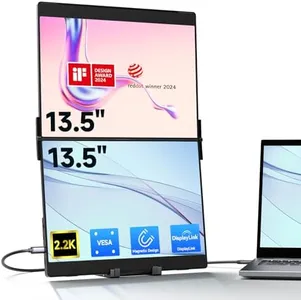

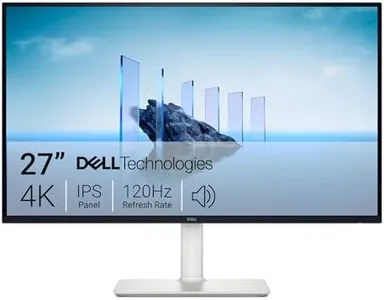
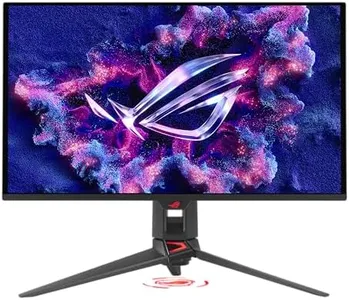
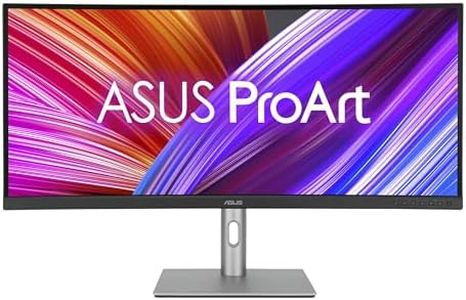
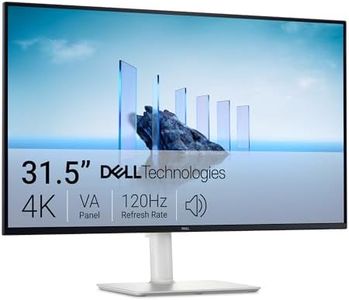
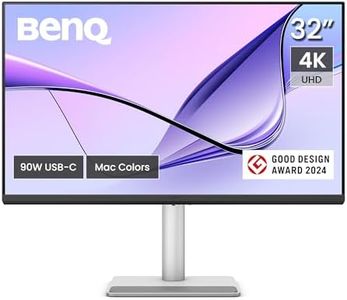
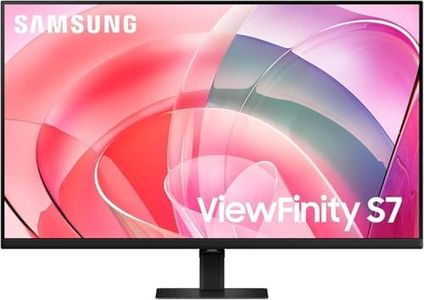
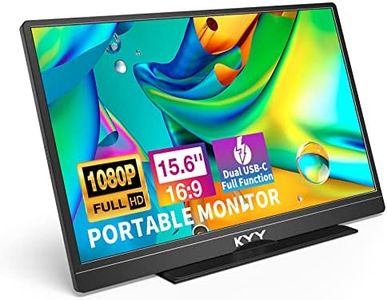
![KYY Portable Monitor 15.6'' 1080P FHD USB-C Portable Laptop Monitors w/Smart Cover & Dual Speaker, HDMI Computer Display IPS HDR External Gaming Monitor for PC Phone Mac Xbox PS4 Switch[Upgraded]](https://images-proxy.bestreviews.guide/vIFCv2uEYZPAF0MgqvliERFQqO8=/0x300/https://m.media-amazon.com/images/I/41CdBgZtF7L._AC_CX679_.jpg)
